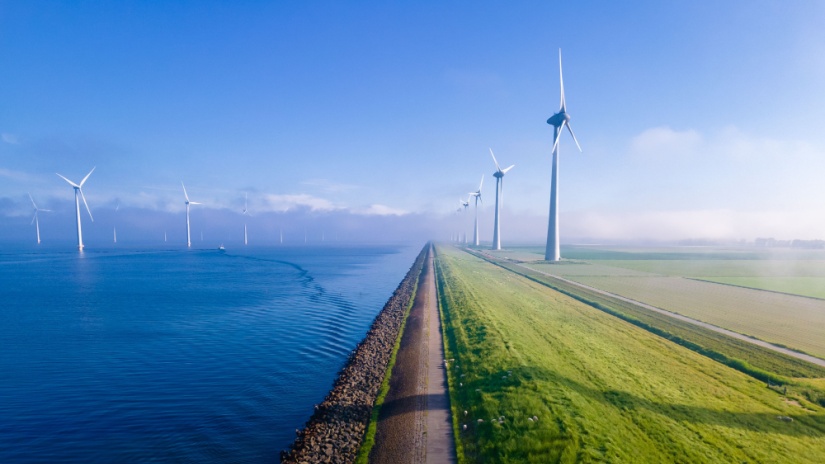Wind energy is reshaping Australia’s power landscape at an unprecedented pace. Once heavily reliant on coal, the nation is now rapidly scaling up renewable sources. Over the past five years, wind farms have become a critical piece of the national energy puzzle. With open landscapes and consistent wind patterns, several regions are ideal for turbine installations. Recent policy shifts and climate commitments have intensified this trend, pushing both public and private sectors toward ambitious targets. Several new projects are already operational, while more are in planning phases. These developments mark a turning point in Australia’s energy strategy, with long-term benefits for both the economy and environment.
Wind Energy Projects Drive Regional Investment and Jobs
Major construction activity in rural areas has boosted local economies across several states. In South Australia, Victoria, and New South Wales, new projects have brought not only clean electricity but also employment. Workers in transport, maintenance, and construction now find new opportunities closer to home. Furthermore, manufacturers supplying turbine components have expanded operations, creating ripple effects across supply chains.
Beyond jobs, local governments benefit through long-term land lease payments and community funding from developers. That money supports public services such as education and healthcare. As more projects come online, local councils increasingly support new installations. In some regions, farmers are also integrating turbines into their land without reducing crop or livestock production.
However, the rapid expansion has led to challenges in transmission capacity. Some rural grids are not equipped to handle new power flows. In response, federal and state authorities are coordinating infrastructure upgrades. New substations and transmission corridors are already under construction to manage future loads effectively.
Strong Policy Signals Push Industry Forward
Australia’s national climate goals have sent a clear message to investors. With targets to reach net zero, clean energy projects now enjoy stronger regulatory backing. Permitting processes have been simplified, and financing tools made more accessible. State-level programs have also emerged, each offering incentives for both small and large projects.
Meanwhile, global trends have made renewable investment more attractive. Rising fossil fuel costs and growing international demand for carbon neutrality have made wind more competitive. Institutional investors from Europe and Asia have increased their stakes in Australian infrastructure, drawn by long-term returns and political stability.
The Clean Energy Finance Corporation has also played a pivotal role. Through blended finance and risk mitigation, it has encouraged commercial banks to support utility-scale projects. As a result, developers now have broader access to capital, allowing more ambitious projects to proceed.
New Technologies Improve Efficiency and Output
Technological advances are further accelerating this transition. Next-generation turbines can generate more electricity with fewer moving parts. Improved materials and blade designs also reduce wear and extend lifespan. Remote monitoring systems allow operators to detect issues before they become critical, reducing downtime.
Inland sites that were once considered marginal are now viable due to taller towers and better forecasting software. Offshore opportunities are also being explored, though still in early phases. As research continues, efficiency gains could further cut project costs and enhance returns.
Australia’s path forward is now clearly marked by a shift away from traditional fuels. While challenges remain, ongoing investment, innovation, and public support suggest that this momentum will continue well into the next decade.
